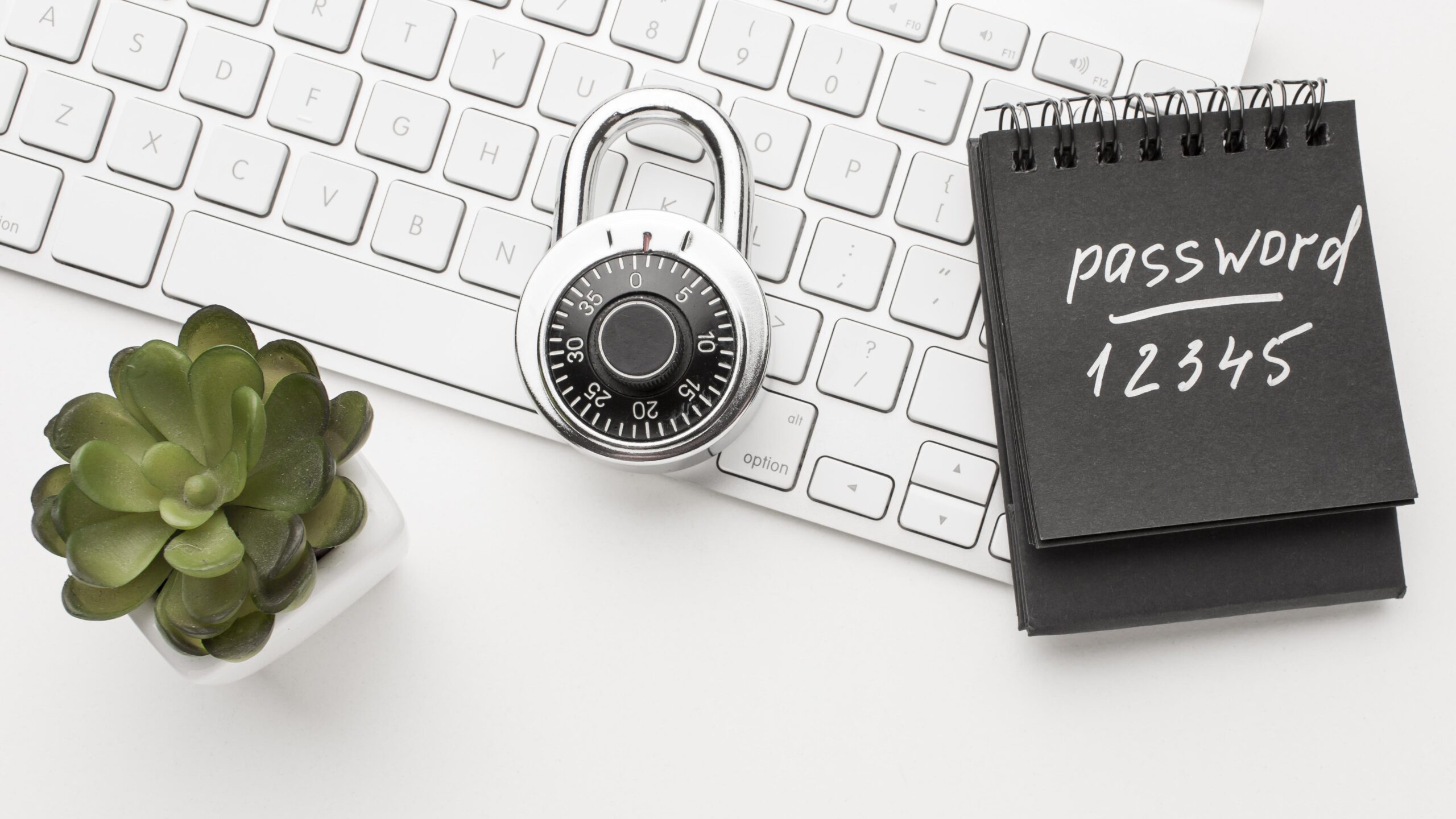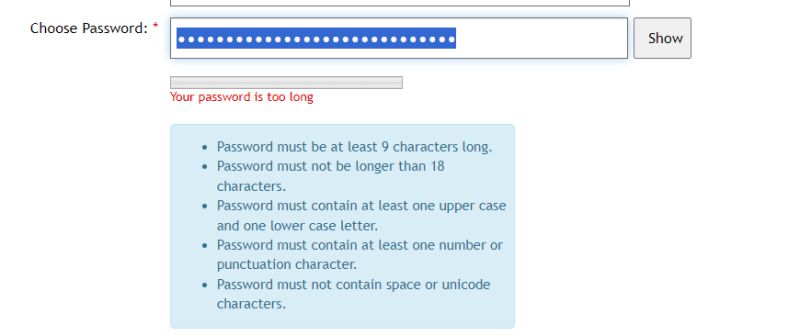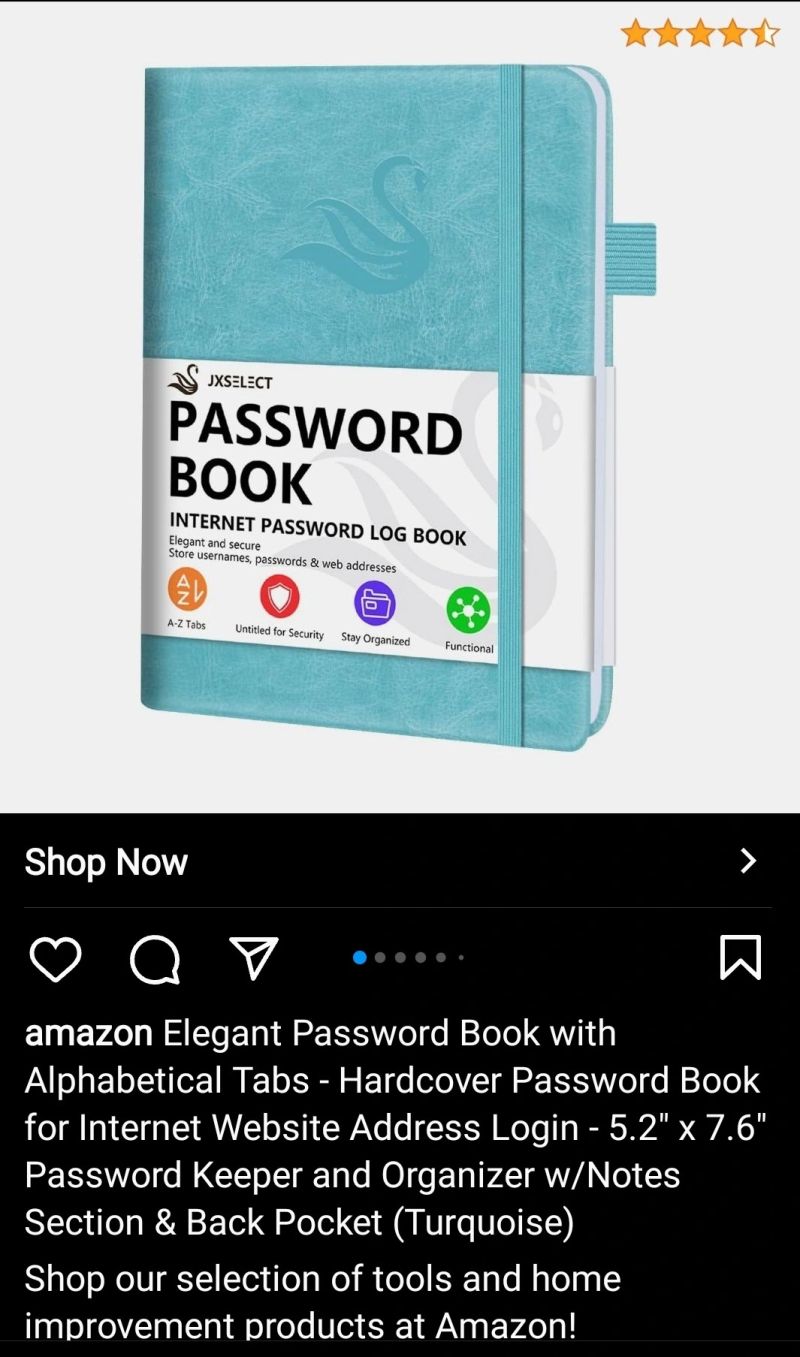Today, when cyber threats are no longer a fairy tale but an absolute reality, using strong and complex passwords is just about the most important thing. Even so, the majority of them still believe in weak and simple passwords that any brute-force attack, no matter how sophisticated, can crack within seconds. While long passwords made up of random characters are normally considered good practice, here’s actually a pretty clever trick you can try to give your password much more potency without too much effort: add a comma.
How a Single Comma Boosts Complexity
A comma might be an extremely ordinary punctuation mark, but it holds hidden power in the world of password strength. Here’s how adding a comma can make your password a great deal harder to crack:
Increases Entropy: Password entropy can be thought of as a measure of randomness in a password. This simply means that the more characters you have in the password, from a larger set of uppercase, lowercase, digits, and symbols, the greater the entropy. A comma is one of these kinds of non-alphanumeric symbols that increase this entropy right off the bat with the character set, hence making the password a little less predictable.
Take the password sunshine123. Add a comma, and it looks like this: sunshine,123. You just added one comma to this password and thereby significantly enhanced its potential difficulty to guess because the cracking tools must now consider a much greater range of possible characters.
Increases Entropy: Password entropy can be thought of as a measure of randomness in a password. This simply means that the more characters you have in the password, from a larger set of uppercase, lowercase, digits, and symbols, the greater the entropy. A comma is one of these kinds of non-alphanumeric symbols that increase this entropy right off the bat with the character set, hence making the password a little less predictable.
Take the password sunshine123. Add a comma, and it looks like this: sunshine,123. You just added one comma to this password and thereby significantly enhanced its potential difficulty to guess because the cracking tools must now consider a much greater range of possible characters.
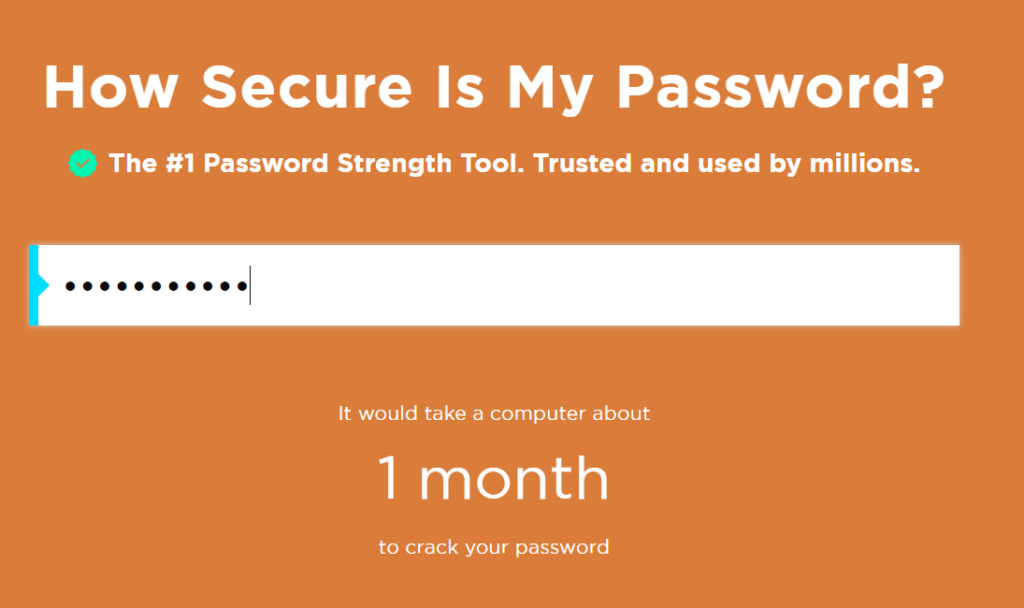
Test of “sunshine123”
Breaking the Patterns: Most people design their passwords based on various predictable patterns, such as capitalizing the first letter or adding numbers to the end. The comma that breaks out of the blue in examples like “sunshine,123” or “sun,shine123,” defeats the types of pattern-based cracking algorithms common in the cybercrime world.
Field separators: Most databases and structures use commas to act as a separator for fields. In cases of data breaches, when credentials are stolen in bulk by an attacker, they are usually separated using commas, semicolons, or tabs. The presence of a comma in your password could lead to parsing errors or incorrect separation of fields when the stolen data is used to automate such an attack.
Field separators: Most databases and structures use commas to act as a separator for fields. In cases of data breaches, when credentials are stolen in bulk by an attacker, they are usually separated using commas, semicolons, or tabs. The presence of a comma in your password could lead to parsing errors or incorrect separation of fields when the stolen data is used to automate such an attack.
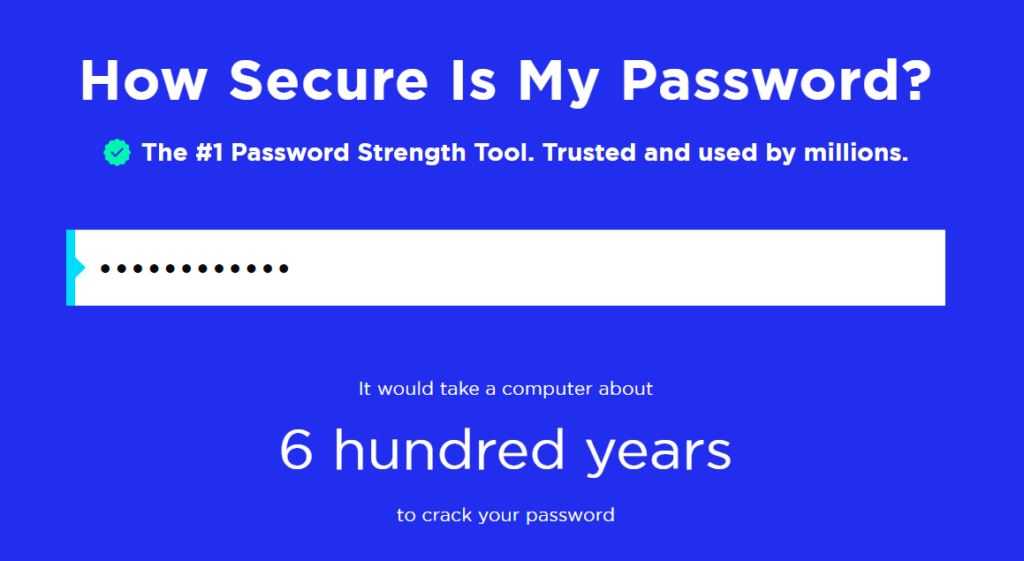
Test of “sunshine,123”
If, for instance, the password sunshine,123 ends up being among thousands of credentials that have been compromised, some systems may think the comma is a field separator and corrupt the data. This little bit of noise could well be just what saves you by giving you extra time to change your credentials before the attackers can correctly parse the data.
Bypassing weak systems of validation: Whatever the reason, older systems even today may not work right with special characters like commas. Adding a comma to your password may present some validation problems for unsophisticated cracking tools and thus further complicate an attacker’s task.
Bypassing weak systems of validation: Whatever the reason, older systems even today may not work right with special characters like commas. Adding a comma to your password may present some validation problems for unsophisticated cracking tools and thus further complicate an attacker’s task.
Practical Examples and Best Practices
Let’s look at some practical examples of how the use of a comma can increase your password’s complexity without making it hard to remember:
Practical Examples and Best Practices
Let’s look at some practical examples of how the use of a comma can increase your password’s complexity without making it hard to remember:
Instead of password123, consider pass,word123.
Doglover2019 should become dog,lover2019.
MySecurePassword can be changed to My,SecurePassword.
In each case, these passwords remain relatively easy to remember but have now added an extra layer of complexity to them.
Instead of password123, consider pass,word123.
Doglover2019 should become dog,lover2019.
MySecurePassword can be changed to My,SecurePassword.
In each case, these passwords remain relatively easy to remember but have now added an extra layer of complexity to them.
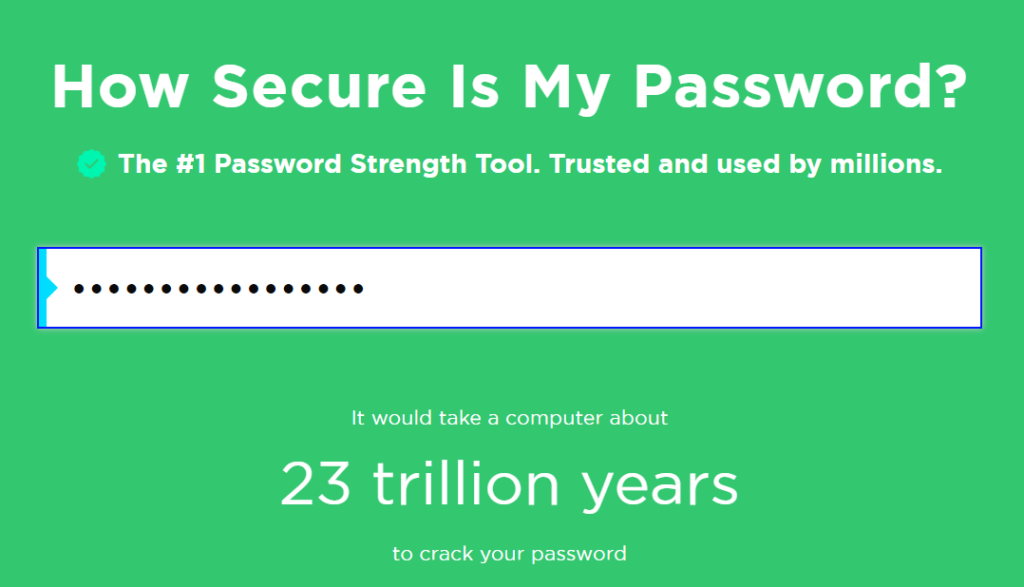
Test of “My,SecurePassword”
Why It’s Not Just About Length
While it is true that longer passwords tend to be tougher to crack, length isn’t the only thing that counts. Complexity and randomness are equally important. A password like sunshine123 is still at risk should it be based on patterns that are highly predictable. But the small disruption in a place not expected-sunshine, 123-makes it considerably more difficult to guess even as the general length remains the same.
Adding Symbols to Increase Password Security
Now, placing a comma is one of the various ways you may be able to strengthen your password. Combined with the other types of symbols-like commas, periods, exclamation marks, or even semicolons-increases the difficulty. Here are just some quick tips on using symbols:
Adding Symbols to Increase Password Security
Now, placing a comma is one of the various ways you may be able to strengthen your password. Combined with the other types of symbols-like commas, periods, exclamation marks, or even semicolons-increases the difficulty. Here are just some quick tips on using symbols:
Not-so-common symbols: Other than the usual suspects like ! and @, you can use commas or semicolons, which, due to their lesser use, can really bug cracking algorithms.
Avoid sequential placement: Rather than adding symbols to the beginning or end of a password, which tend to be two of the first places attackers will start guessing, put them in other positions.
Along with the other advice: Taking all of the above tips-make a mixture of uppercase and lowercase letters, numbers, and special characters while not including dictionary words-makes your password exponentially tougher to crack.
The Balance Between Complexity and Usability
While a password like A9e,fP%o is very secure, it would also be frustrating to remember and accurately type. The object is to find a balance between being complex and making things too difficult. You can bring in other, less used but simple characters like commas to get a level of security that’s hard for attackers to breach without it being too cumbersome for you to use.
Not-so-common symbols: Other than the usual suspects like ! and @, you can use commas or semicolons, which, due to their lesser use, can really bug cracking algorithms.
Avoid sequential placement: Rather than adding symbols to the beginning or end of a password, which tend to be two of the first places attackers will start guessing, put them in other positions.
Along with the other advice: Taking all of the above tips-make a mixture of uppercase and lowercase letters, numbers, and special characters while not including dictionary words-makes your password exponentially tougher to crack.
The Balance Between Complexity and Usability
While a password like A9e,fP%o is very secure, it would also be frustrating to remember and accurately type. The object is to find a balance between being complex and making things too difficult. You can bring in other, less used but simple characters like commas to get a level of security that’s hard for attackers to breach without it being too cumbersome for you to use.
Conclusion
Including a comma in your password is one of the easiest ways to add power and hide identity from cyber threats. You further disrupt patterns in leveraging the common use of commas as field separators to add an extra layer of defense to your passwords, which many of the determined attackers can be put off from. It is a small change but it makes a big difference, and will go a long way toward safeguarding personal data.



